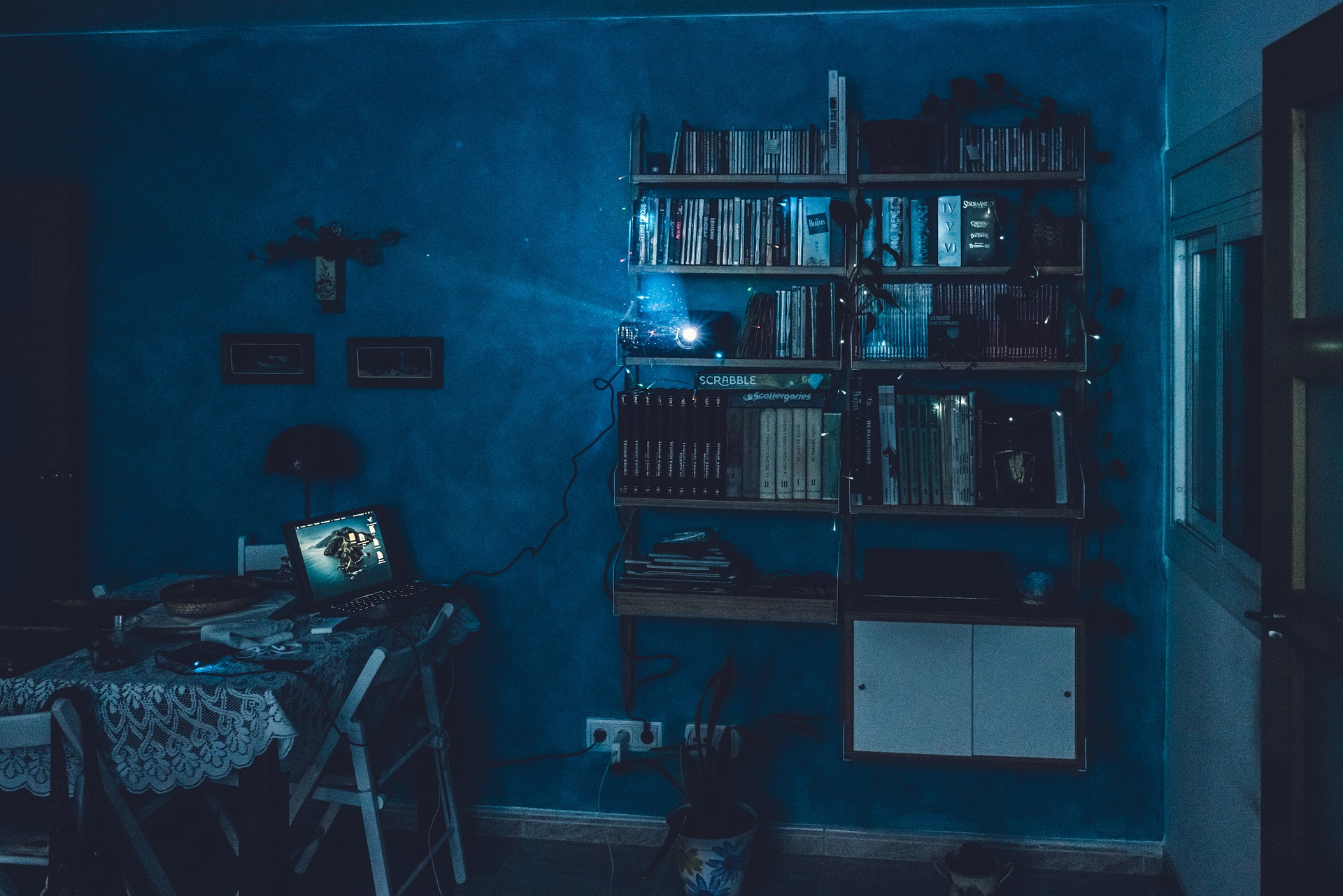Regardless of the technological approach used in projectors, they all shares the same concept of a display. As for the LCD projectors, they have their own native resolution for instance. Along with these, if you know about the core three concepts of projectors, you are well and set to use this skill where needed. The three core concepts are – Lumens, Throw and Lamps.
Lumens
Lumens is the measurement of brightness of a projector. A lumen is basically the amount of light the light source emit from a certain angle, which for human eye are easily perceivable. The higher the projectors lumen amount is, the brighter the projector is.
What is the best lumen rate for projectors? It really depends on the space and the room where the projector is used.
It is hard to just point at one lumen rating here. Yet, you can try this, if you use the projector in a small and darkened room, lumen of 1000 to 1500 should work well enough. If you go for a mid-sized room, with lighting generally is used everywhere, the lumen amount of 2000 should be good. If you need to use the projector for a giant room, a lumen amount of 10,000 + is found which is quite expensive.
Throw
Throw is basically the size of the image can be seen from a certain distance from the screen. Every projector comes in with their own recommended minimum and maximum throw distance. This is crucial to know to setup the projector right. Generally, a standard throw would be something around 11 to 12 feet away from the screen. Short projectors are capable of throwing the same 100-inch image from 4 feet away. There are also, ultra-short projector, which can throw the image from 15-inches away. Of course, due to such lens the price is way high up.
Lamps
The life of all of the projector is defined by their lamp. Lamps are the most hard working components of your projector. They do all sort of heavy lifting that is required. Lamps generate a tremendous amount of light which in turn cause some good deal of heat. Therefore, all of the projector come in with some sort of cooling system like a fan. These fans run continuously as long the lamp runs as well as when the projector is turned off until it detects very trivial to no heat from the lamp.
These lamps are quite expensive as well. This is why the most shocking expenses come in when a lamp dies and needs changing. Most of the lamps incorporate three technologies for lamps such as metal halide, LED and Lasers.
Types of projectors
Metal Halide has always been the standard for a quite a span of years. These lamps are able to produce astonishing amount of lumen within a very small form factor. But the sound it makes due to the rotation of the fan and excessive heat is where it can not quite shine. Generally an average life span of Metal Halides are roughly 3000 hours and the shock of replacing the lamp.
LED based projectors use the RGB (red, green, blue) LEDs to give off light. Since LEDs do not heat up, fans are also quite smaller and quieter. But LEDs projectors used to cost a way higher than the metal halides but the price has already cut down short.
But these LEDs do not produce as much lumens as metal halides though. But they have a life span of nearly 20,000 hours.
Laser based projectors are found in different variations. They come in the variety starting from white lasers hitting on the colour wheels to coloured lasers doing the work. Laser projectors are capable of producing vibrant and high contrast image with a very little heat. These lamps can last approximately 30,000 + hours. That’s quite a deal. Yet for the time being, laser based projectors are quite expensive than their competitors but the good news is, the price is slowly dropping now.

